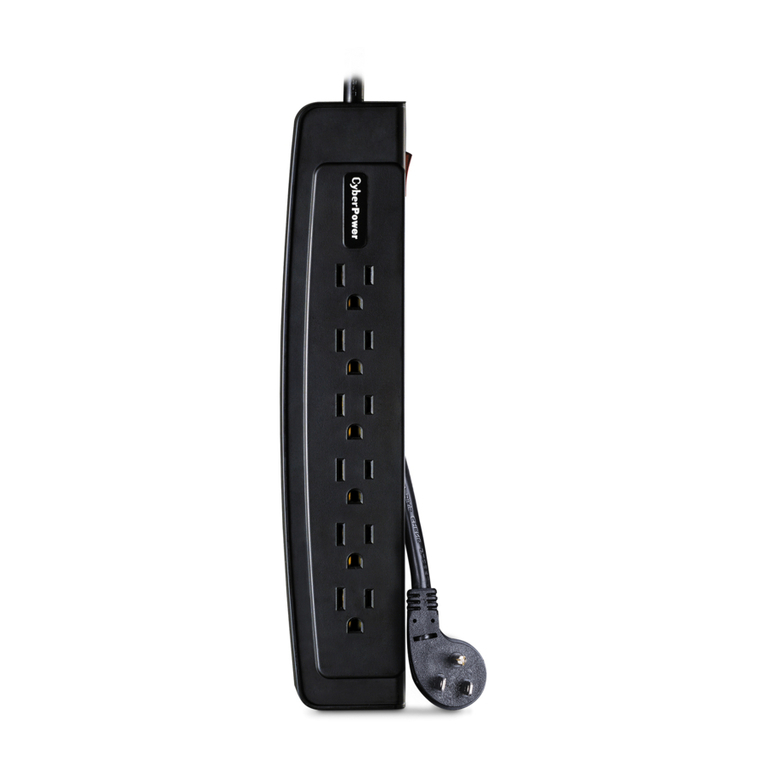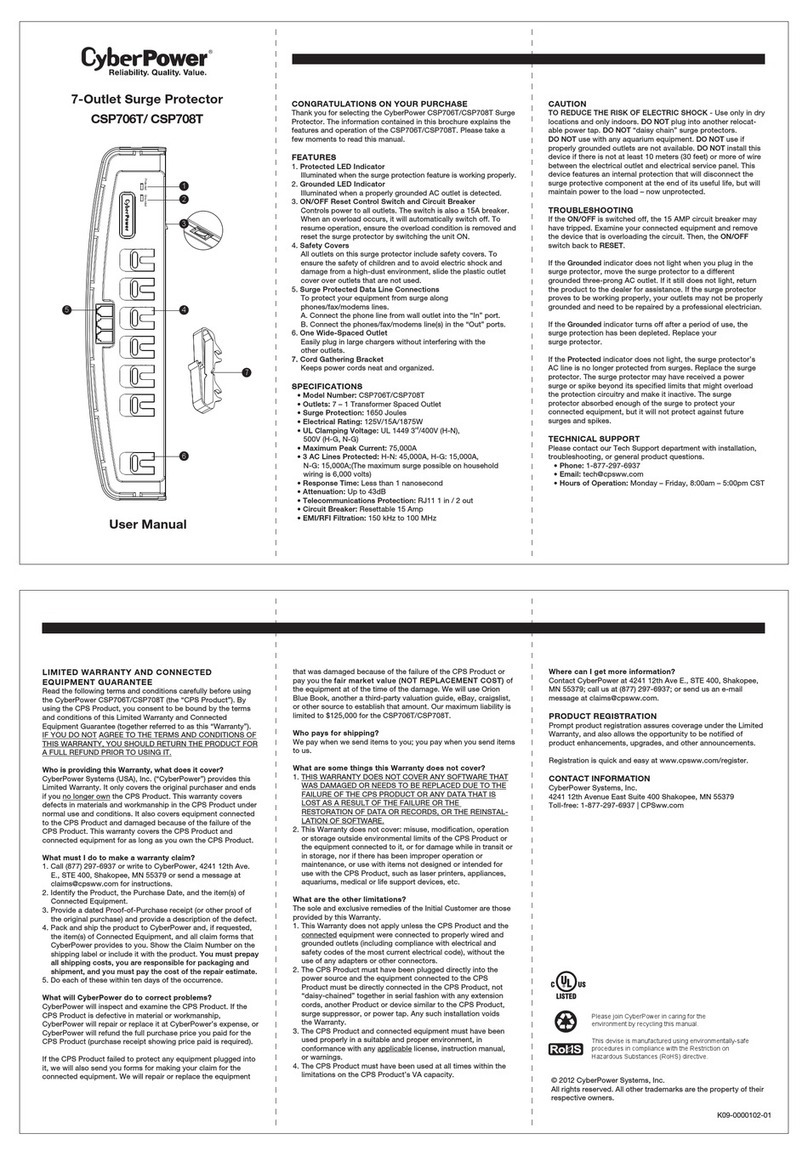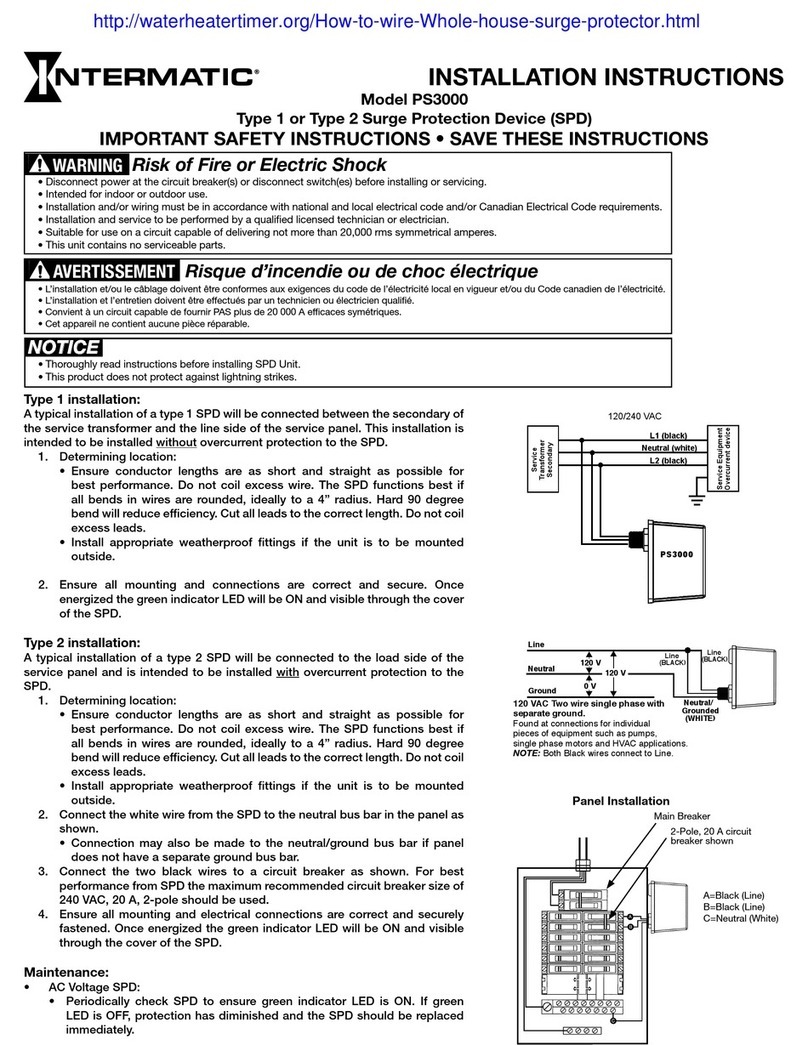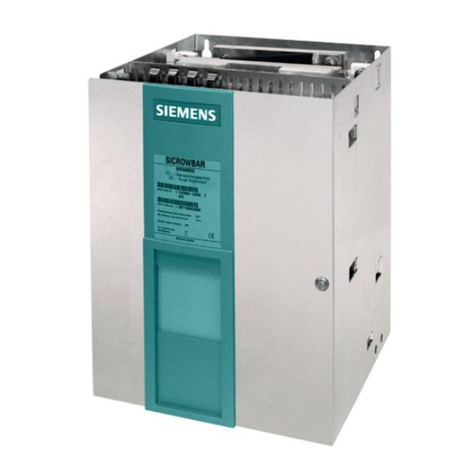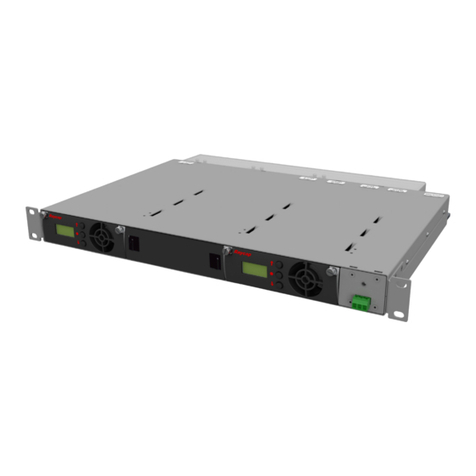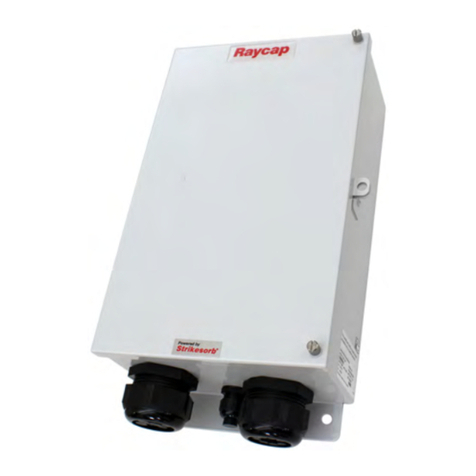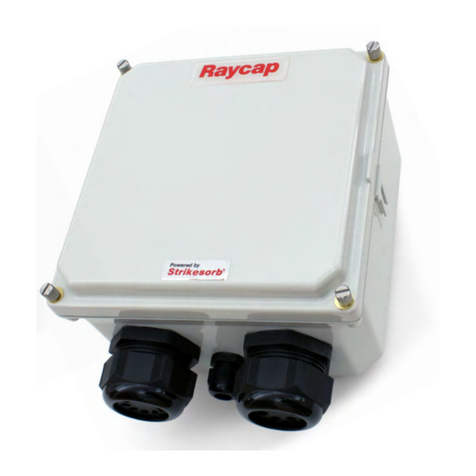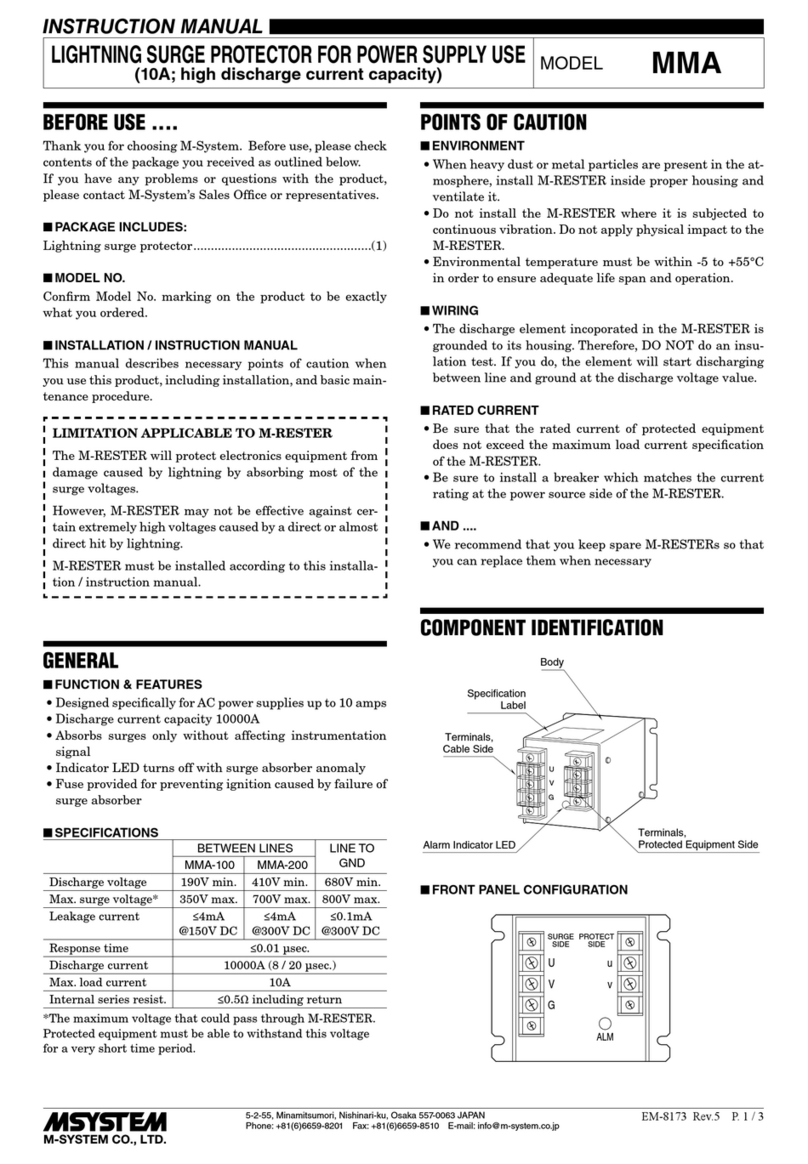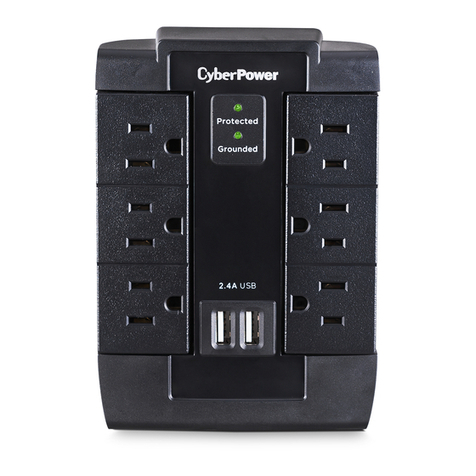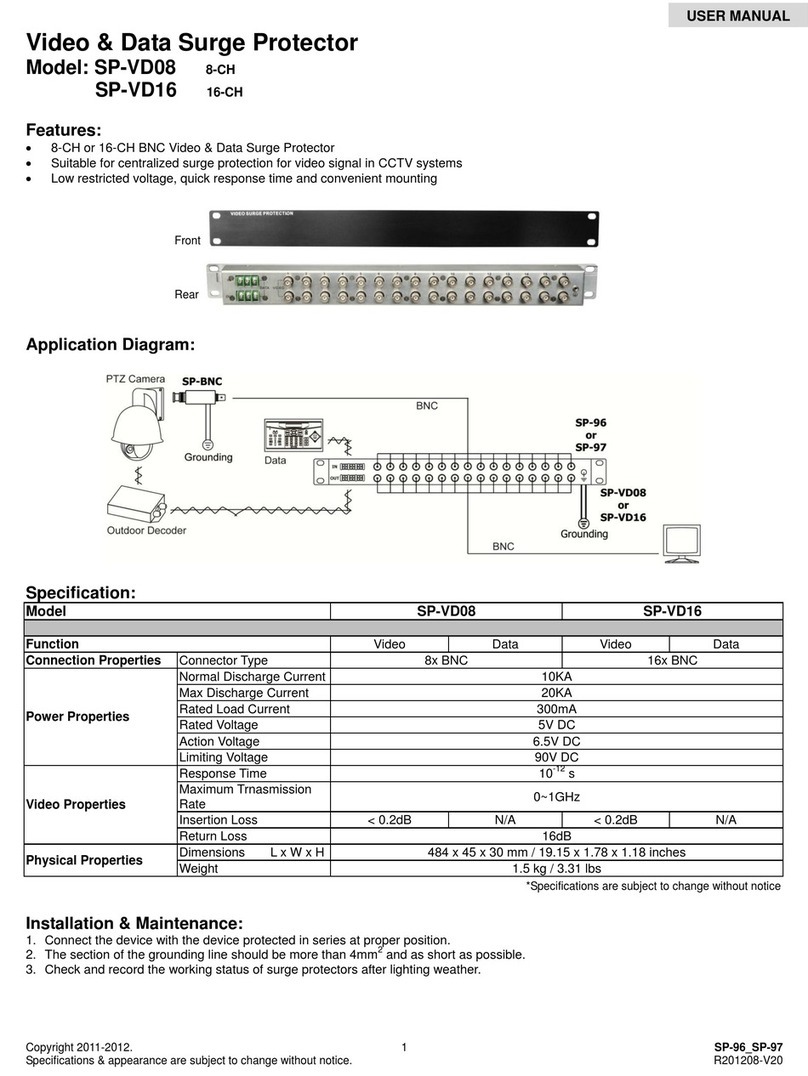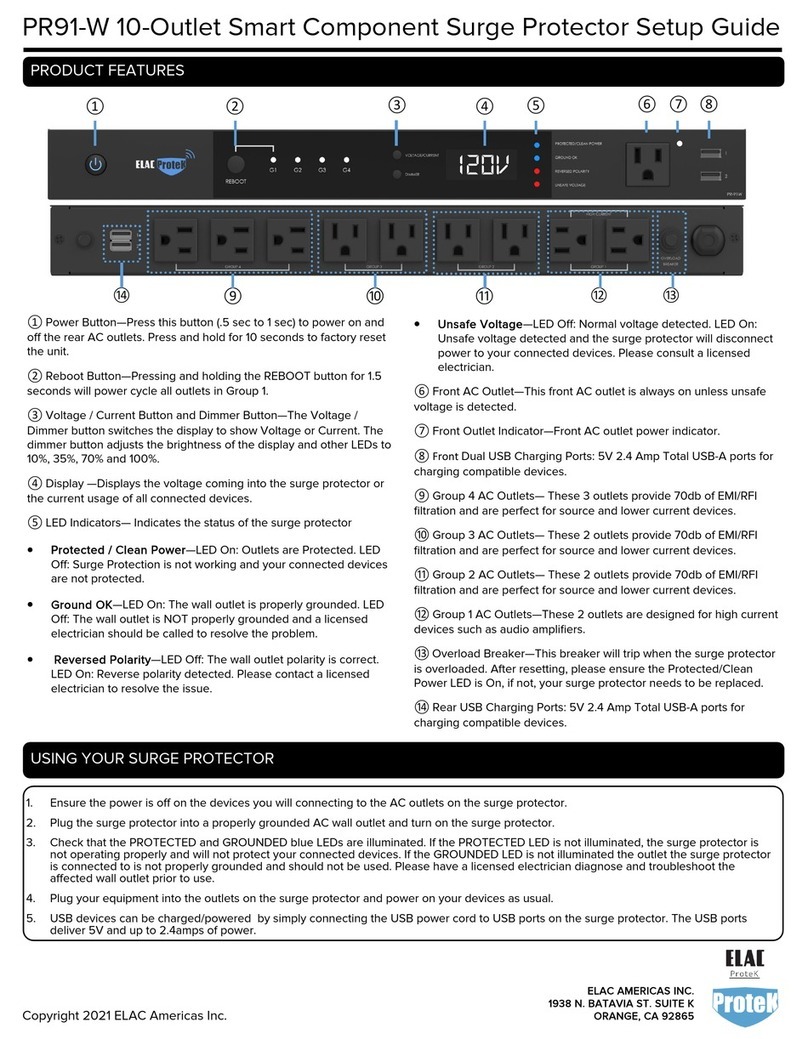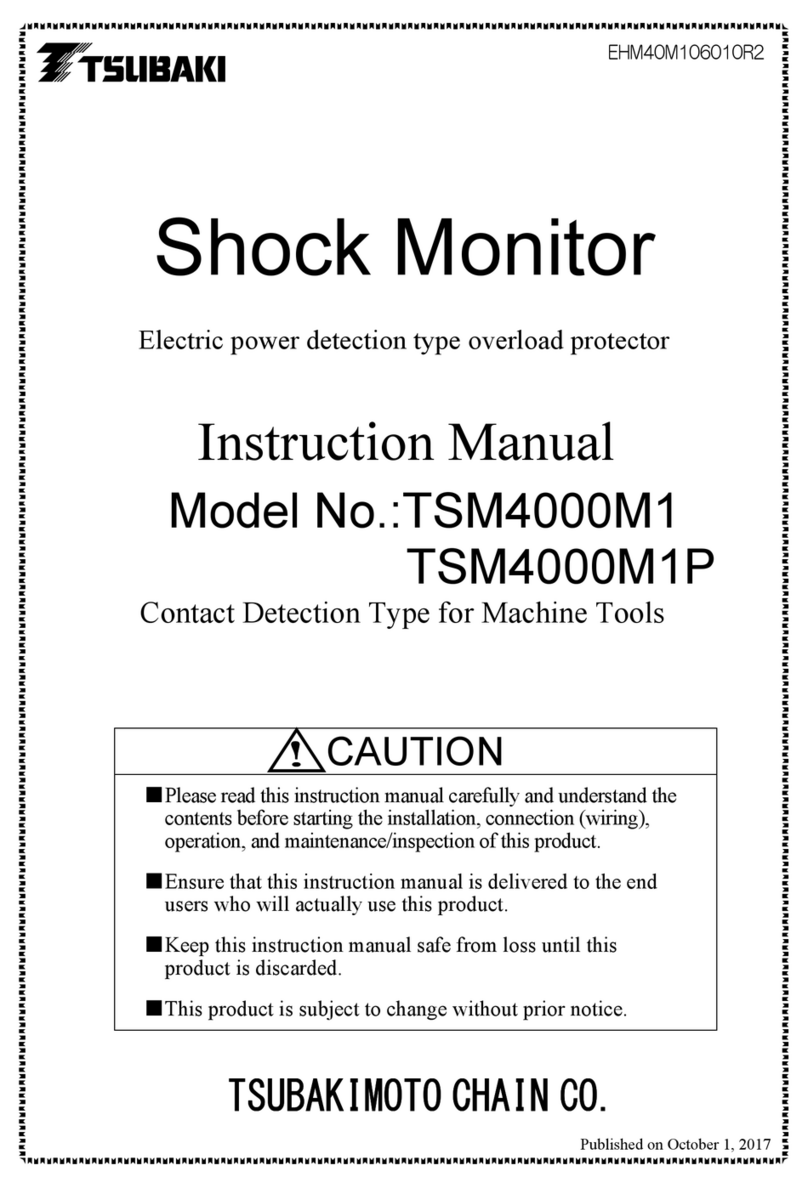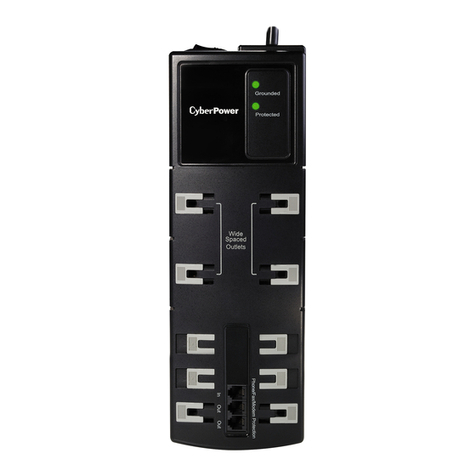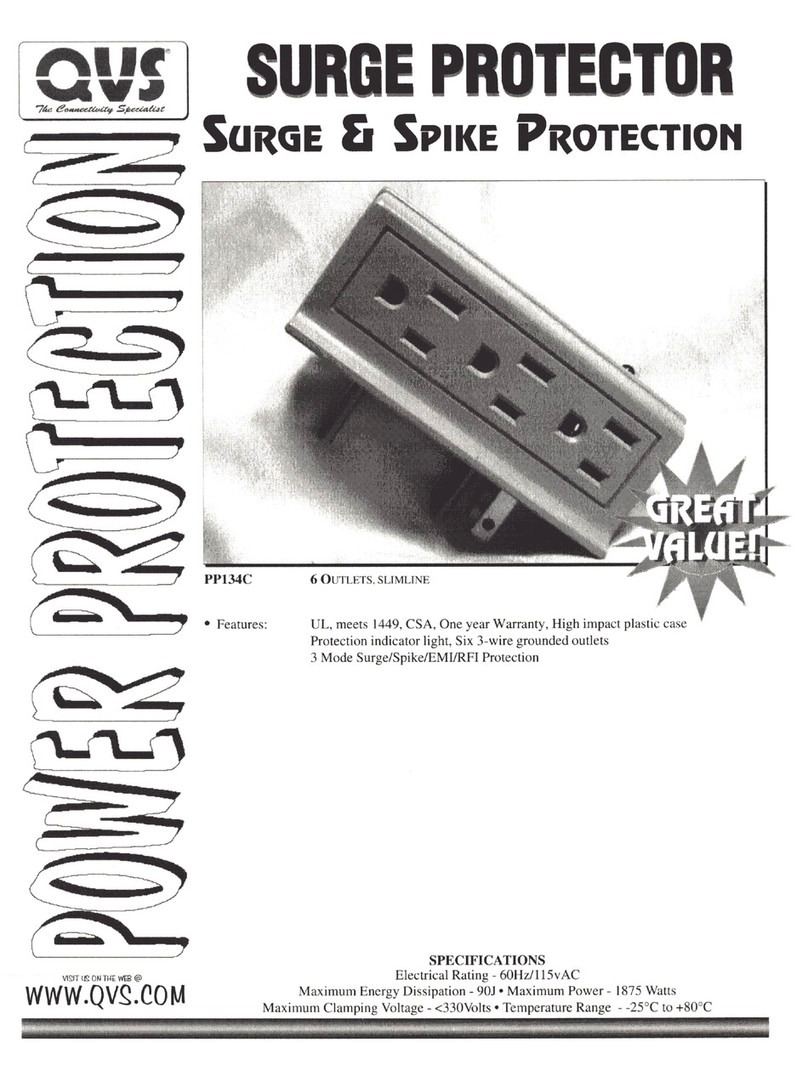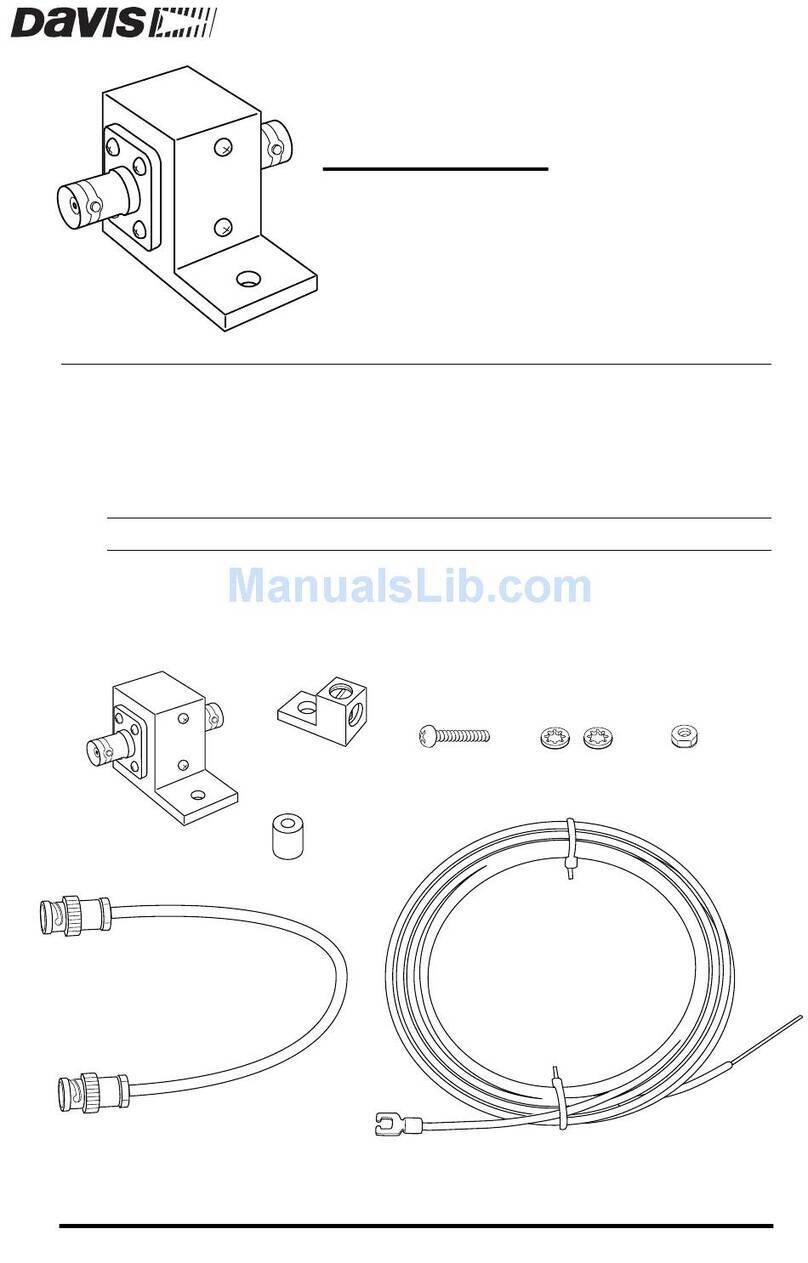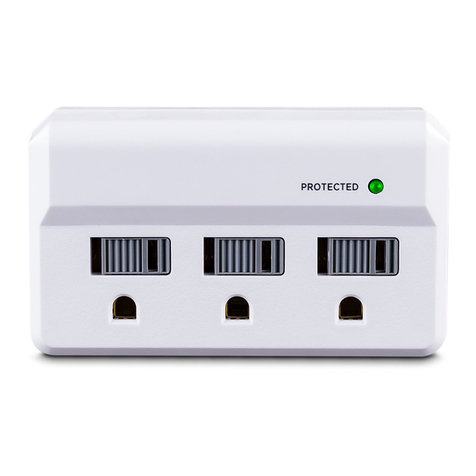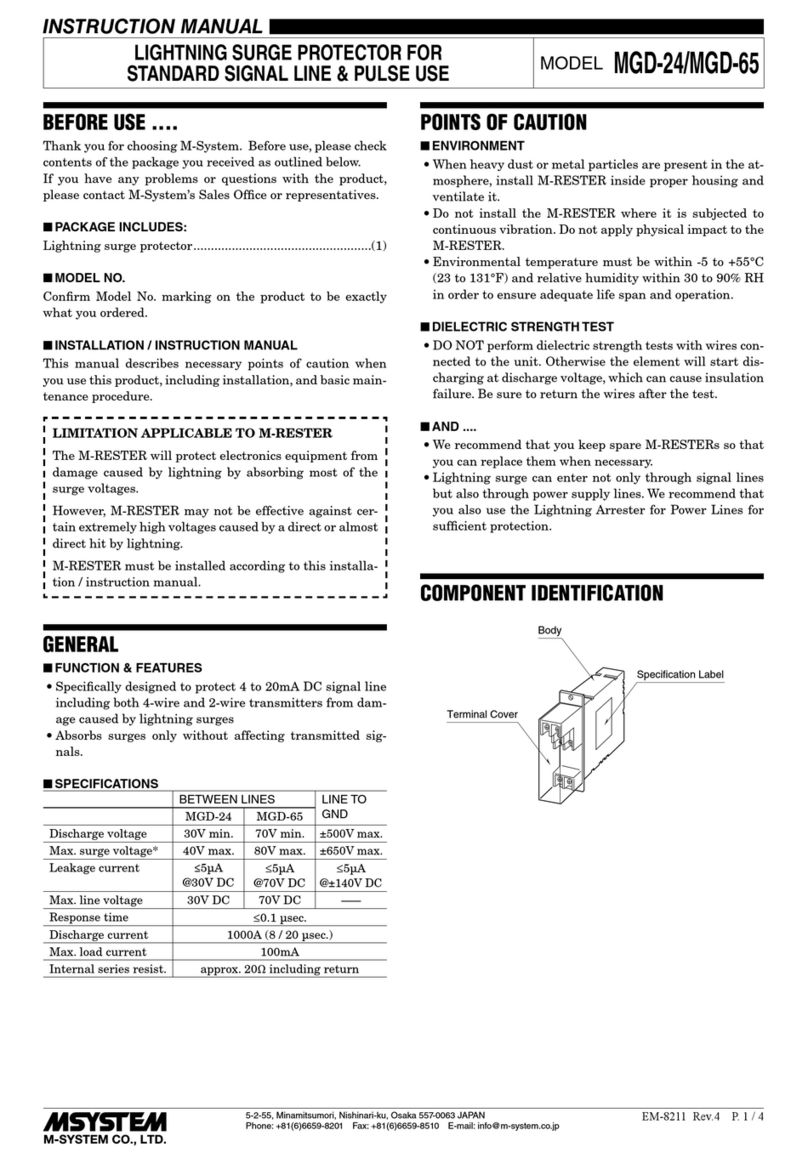
RCMDC-6627-PF-48 INSTALL INSTRUCTIONS
www.raycap.com
©Raycap • All rights reserved
320-1204 Rev.E
Page 2 of 38
1.0 Copyright
©Raycap, Inc. 2018 - All Rights Reserved
1.1 Disclaimer
The information in this document is subject to change without notice and describes only the product
dened in the introduction of this documentation. This documentation is intended for the use of
Raycap customers only for the purposes of the agreement under which the document is submitted,
and no part may be used, reproduced, modied or transmitted in any form or means without the prior
written permission of Raycap. The documentation has been prepared to be used by professional
and properly trained personnel, and the customer assumes full responsibility when using it. Raycap
welcomes customer comments as part of the process of continuous development and improvement
of the documentation.
This product is suitable for OSP. (Outside Plant)
Raycap has made all reasonable efforts to ensure that the instructions contained in this document
are adequate and free of material errors and omissions. Raycap will, if deemed necessary, explain
issues which may not be covered by this document.
The contents of this document are subject to revision without notice due to continued progress in
methodology, design and manufacturing. Raycap shall have no liability for any error damage of any
kind resulting from the use of this document.
1.2 Warnings
Please read this manual prior to use to become familiar with the product’s numerous features and
operating procedures. To maintain the maximum degree of safety, follow the sequences as outlined.
Before using the product, read all instructions and cautionary markings on the product and on any
equipment connected to the product.
CAUTION – Unless otherwise noted, product usage that is not recommended or sold by the product
manufacturer can result in risk of re, electric shock, or injury to persons.
CAUTION – Do not operate the product if it has been damaged in any way. Return damaged
products to their manufacturer for repair or replacement.
CAUTION – Do not disassemble the product as incorrect reassembling can risk electrical shock or re.
WARNING – Disconnect or disable the DC power source to the product prior to beginning its
installation. Ensure that the DC power source to the product remains de-energized until the
completion of the installation and after all connections have been veried to be correctly congured.
ATTENTION – Electrostatic sensitive devices. ESD mitigative procedures, such as wearing
wriststraps are to be used during installation and maintenance.
ATTENTION – Installation of the hybrid cable requires an approved hanger to be used no more than 3
feet from the entrance of the Raycap unit. Refer to cable manufacturer’s instructions for proper hardware.
CAUTION – Do not bend ber-optic cables beyond their minimum bend radius. Bending the cables
beyond their minimum bend radius can damage the cables and cause problems that are difcult to
diagnose.
CAUTION – Do not let ber-optic cables hang free from the connector. All ber must be secured
against movement in wind while maintaining enough slack to prevent any tension along the run. Do
not allow fastened loops of cables to dangle, which stresses the cables at the fastening point.
WARNING – Do not look directly into a ber-optic transceiver or into the ends of ber-optic cables.
Fiber-optic transceivers and ber-optic cables connected to transceivers emit laser light that can
damage your eyes.

